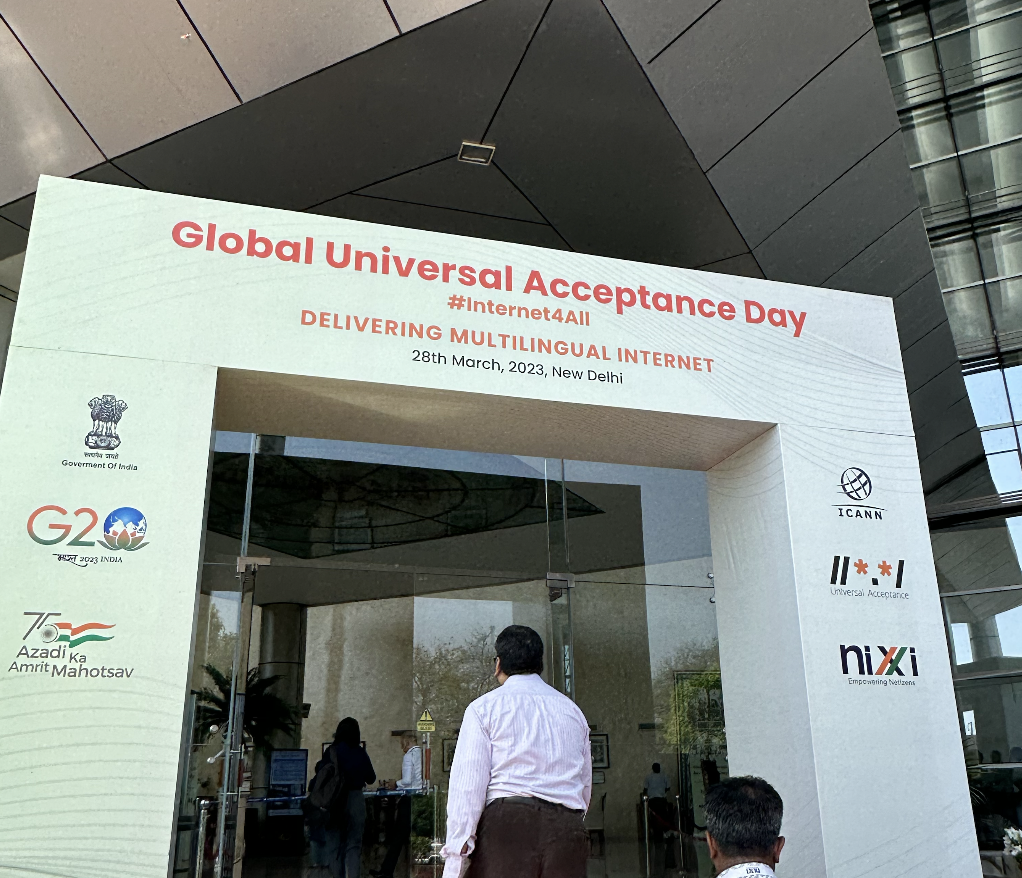
The Domain Name System, as we know it today, is a well-positioned and decentralized naming system for devices and services related to the internet. It initially started off with 6 Top Level Domains (TLD) and 53 standard ports during the mid-80s.
Initially comprising of only 3 Latin characters, modern day TLD have gone through a major linguistic inclusion with country code TLDs bringing country specific extension like ‘.in’ for India. There has also been a generous development in the field of generic TLDs with longer names, for professional affinity. It later got converted into the concept of Universal acceptance with a necessary shift from traditional 2-3 letter domains to more linguistically open and wordy top-level domains.
Upper Hand
The expanse of world wide web is unfathomably huge, with easy availability of almost any kind of data/information. However, despite its wide-ranging adoption a major chunk of web is accessible only in English language, trailed by Chinese dialect. In order to cope with the challenge of linguistic anomaly, ICANN has been working to bring Internationalized Domain Names (IDN).
The key is to realize the potential of Unicode standard which allows the use of unique numbers to denote each character. Unicode is language independent and therefore can be used across any region or application without adhering to any specified language barriers. Following the development in the field of ccTLDs Indian agencies also bought .Bharat domain in the year 2011. It is essentially encoded in Devanagari script along with other regional TLDs in Bengali, Tamil, Telugu, Gujarati, Urdu and Gurmukhi.
According to the IDN World Report 2018, where IDNs are being used, the language of web content is more different than it is with conventional ASCII areas. IDNs help to improve the linguistically assorted variety in the internet and appear to be exact indicators of the language of the web content. The report additionally calls attention to that certain chinese language forms (Han), Latin, and Cyrillic contents speak to about 90% of all enlisted IDNs. To make Indian language explicit TLDs conceivable, the Neo-Brahmi Script Generation Panel (NBGP) was framed by nine networks in 2015. NBGP is creating Root Zone LGR for Bengali, Devanagari, Gujarati, Gurmukhi, Kannada, Malayalam, Oriya, Tamil and Telugu contents. When executed, area names in the above Indian dialects can be enrolled to address the non-English web clients in the nation.
Aside from getting to web content, domain names are likewise utilized for email addresses and a large group of other Internet applications and address resolution. Consequently, UA necessitates that product applications ought to be refreshed to acknowledge the new gTLDs and IDNs. When actualized in full, end clients can utilize applications with the new area names without settling on usefulness and execution. In an ongoing report by Analysis Mason, it is assessed that UA would give a financial advantage of near $10 billion.
To advance UA, ICANN has framed the Universal Acceptance Steering Group (UASG) which is spreading consciousness of the implications of new gTLDs and IDNs among all partners. Organizations, for example, Google, Microsoft, Xgenplus have begun supporting email address internationalization (i.e, email address for IDN area), in this manner giving UA-prepared informing administrations. Subsequently it is essential to instruct programming designers, engineers, space name recorders and libraries on the significance of UA with regards to new gTLDs and IDNs.
Concluding lines
At present India has over half of the 900+ TV channels that communicate in provincial dialects; Hindi language newspapers holding the biggest share as far as readership volume is concerned. Web 4.0 will soon mark the layoff of language obstruction for both content and access. This insurgency gives a prolific ground to improvement of substance and applications dependent on the monetary, social, social and linguistically decent variety of the web populace around the world.









